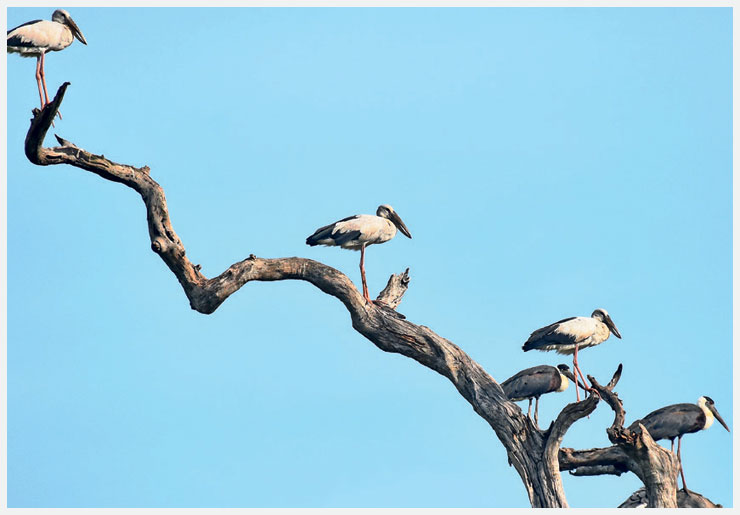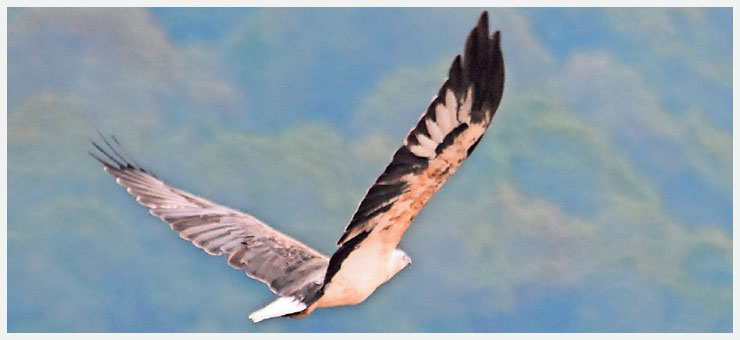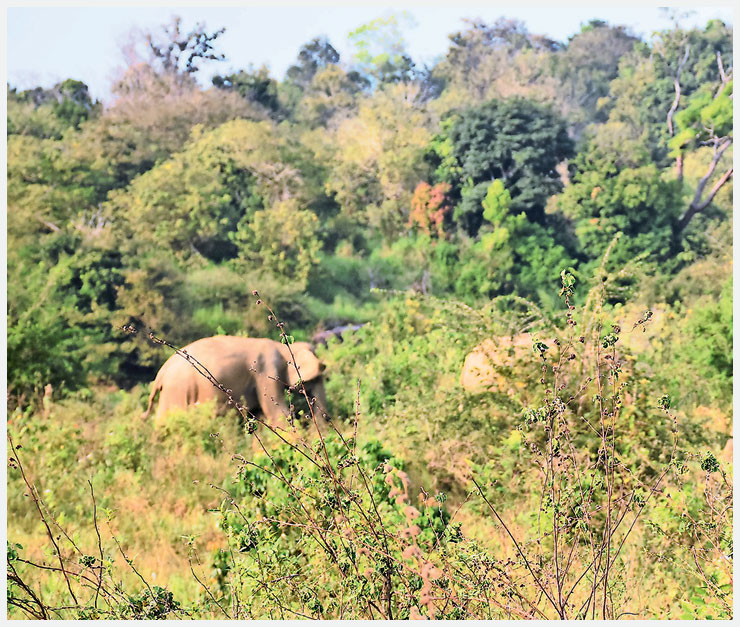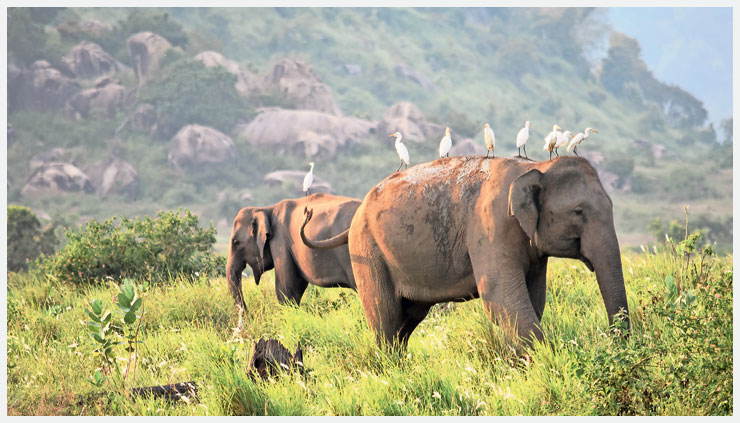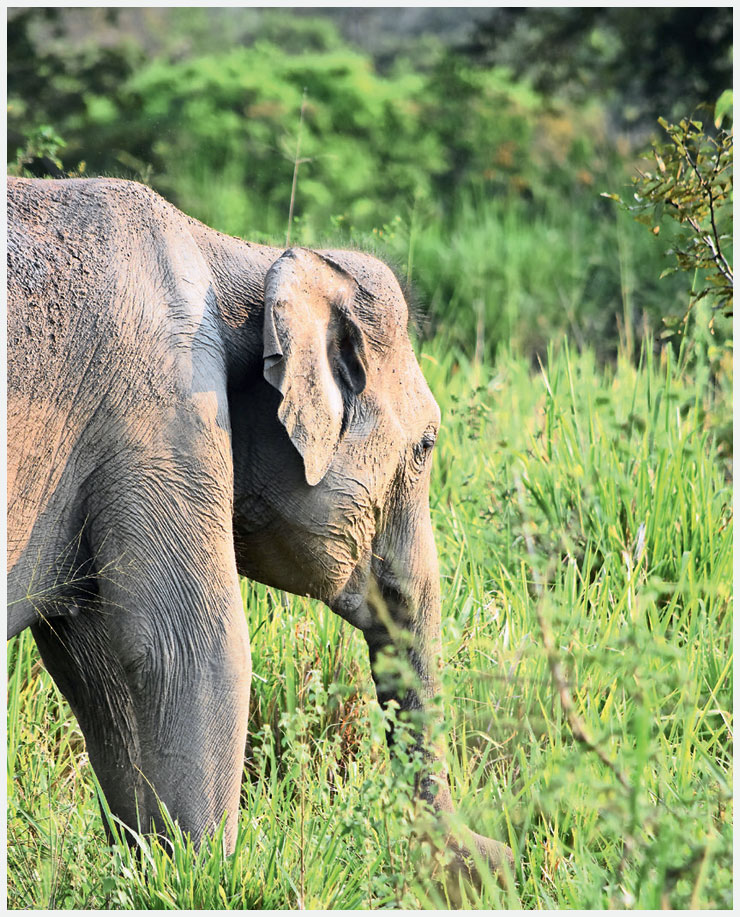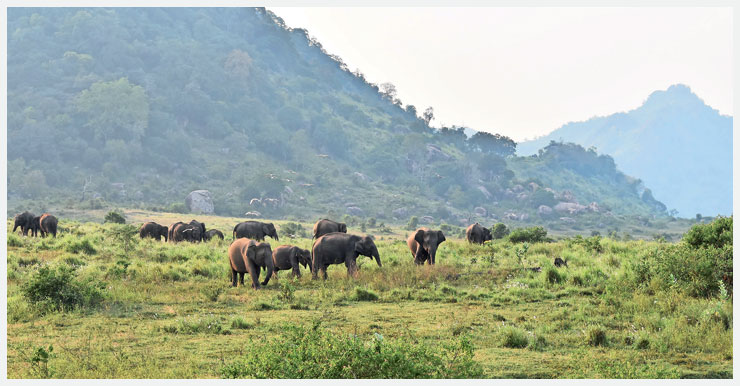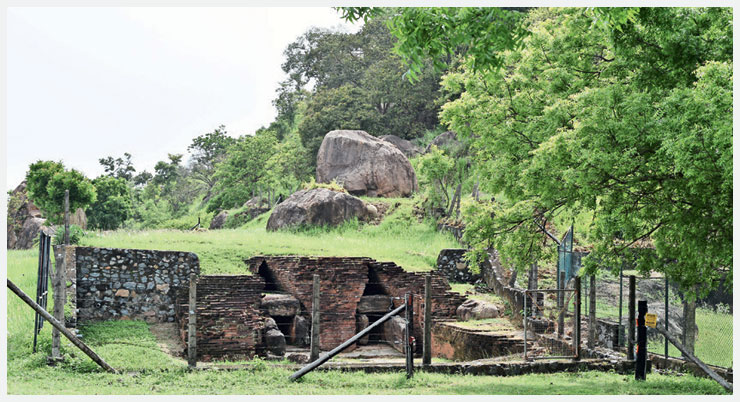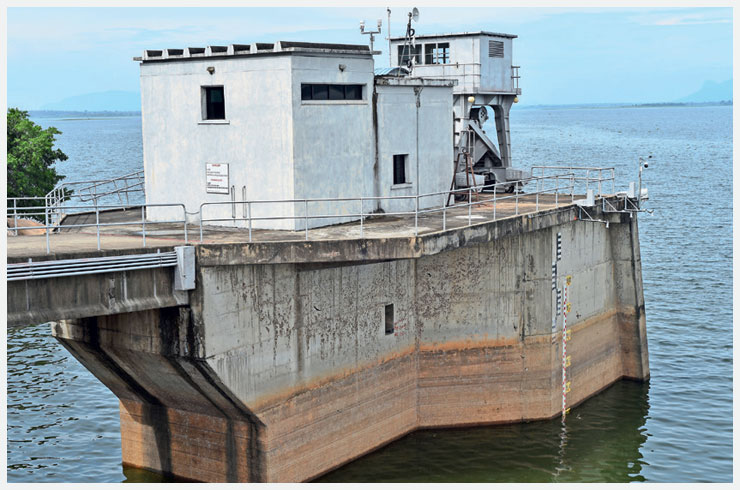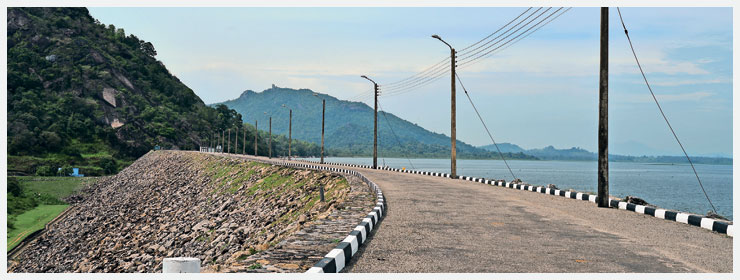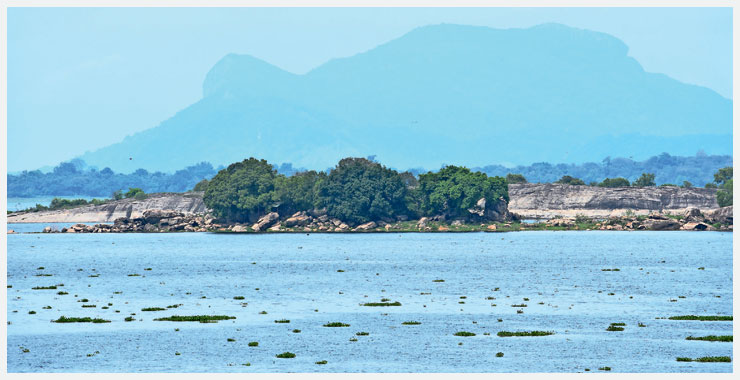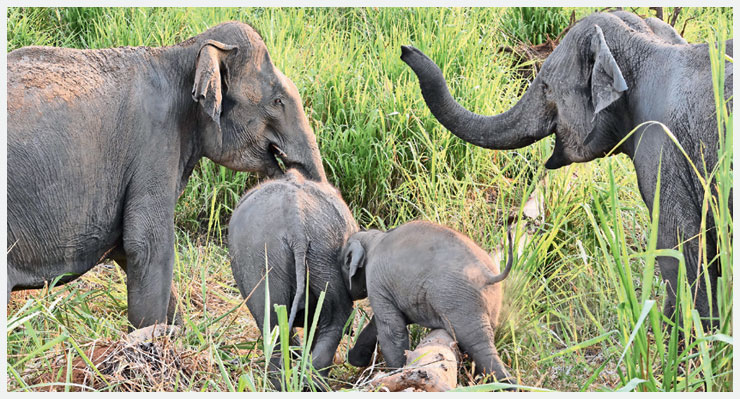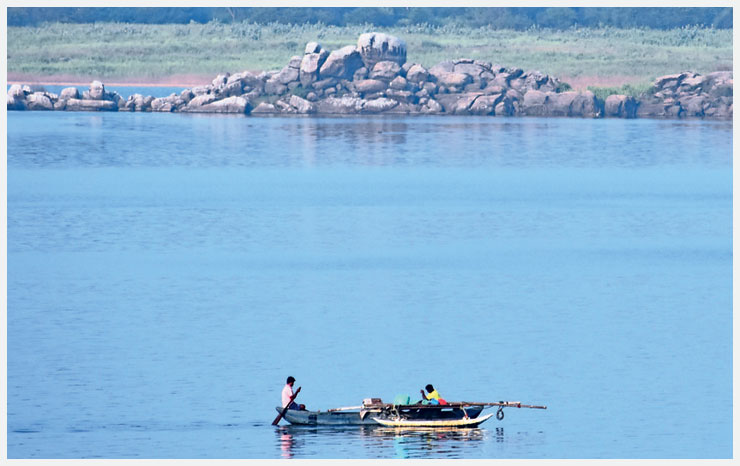Maduru Oya (P-II)
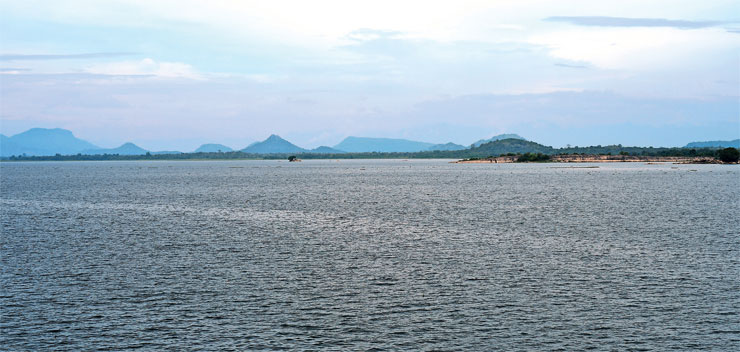

One reaches the reservoir either through the formal entrance to the National Park, where a four wheel drive vehicle is required to traverse the dirt tracks, or easily from the main road in any car, where the road is clearly sign posted to the dam. However without any warning, the security gate near the dam, forbids entry, unless a special pass is obtained from the Mahaweli Authority Office.
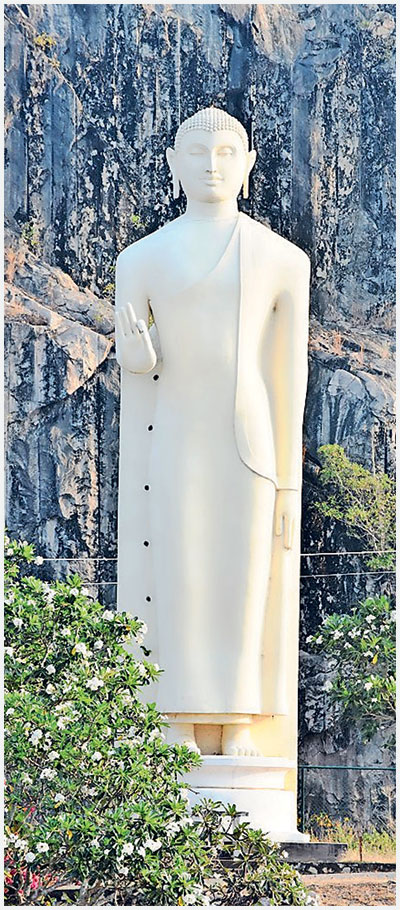 Surely that is quite unnecessary for visitors to the dam, over which there is a road. People simply decide at the spur of the moment to visit when they see the massive dam from the main road and do not plan ahead. I strongly recommend that as CCTV cameras are in place all around for security, that people are permitted to enter for a small fee that covers the security measures undertaken, and car registration information taken to ensure all vehicles that enter do in fact leave, and a register kept for that.
Surely that is quite unnecessary for visitors to the dam, over which there is a road. People simply decide at the spur of the moment to visit when they see the massive dam from the main road and do not plan ahead. I strongly recommend that as CCTV cameras are in place all around for security, that people are permitted to enter for a small fee that covers the security measures undertaken, and car registration information taken to ensure all vehicles that enter do in fact leave, and a register kept for that.
The history of the Maduru Oya Irrigation Scheme goes back to 1st Century AD, as evidenced by the archeological site with its old sluice gates for irrigation of agricultural lands. As there is no encouragement for visiting there are no descriptions of this ancient system.
As part of the greater Mahaweli Project, an earthen dam was constructed to increase holding capacity manyfold, and a tunnel built to divert Mahaweli water via Minipa to Maduru Oya, whose left bank development project was completed in 1983. This project destroyed much forest, and in order to retain some level of biodiversity, the Maduru Oya National Park was created to balance the agricultural and environmental concerns, the Massive Reservoir being inside the National Park itself.
On a recent visit, the water level was still over 3meters below the overflow level, which meant that much of the water in the lower Mahaweli, resulting from the recent rains, which otherwise just flows into the sea, had not been diverted by our irrigation engineers into the tunnel and to the reservoir. Their argument is that more water is not going to be of use as the right bank project is still to be constructed, which could utilize this additional water. My argument is that rain is now unpredictable compared with the past, and keeping a stock here is preferable for future need.
The flip side is, with lower water levels, there are greater grazing grounds for Elephants. It is moot if the reservoir is not filled. The grass grows once it is flooded first and then released! However there seems to be sufficient grazing for elephants, ever present  whenever one passes through this very unique landscape on a journey from Batticaloa or Ampara to Polonnaruwa or vice versa.
whenever one passes through this very unique landscape on a journey from Batticaloa or Ampara to Polonnaruwa or vice versa.
RH
